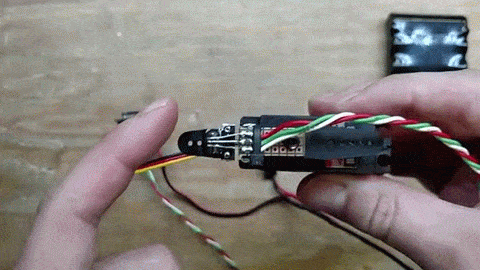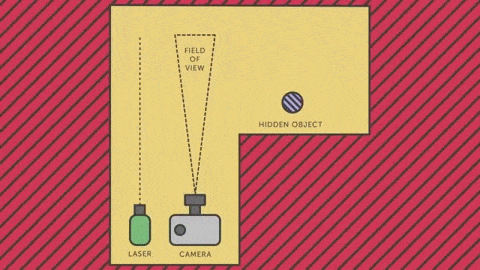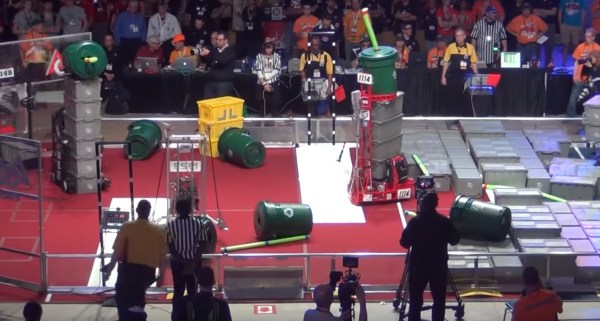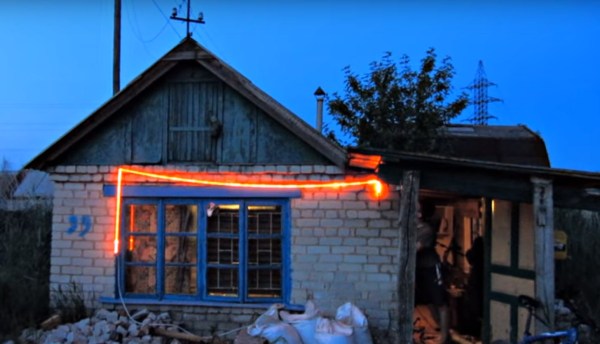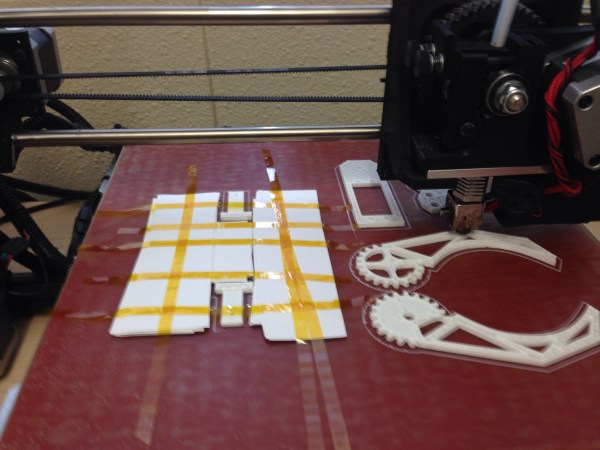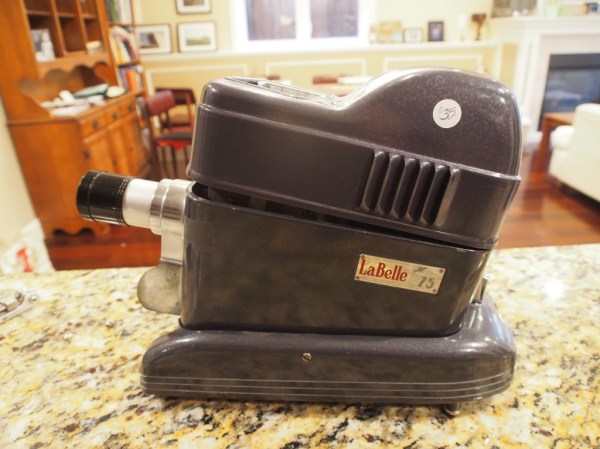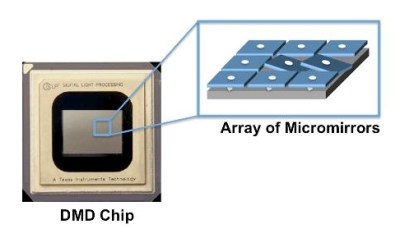Using force sensors it’s possible to chain a series of servo motors together so they not only move as one, but can detect and simulate the force that another feels. Which means if you built up a tele-presence robot with a servo-driven robotic arm, using the local control arm you could feel exactly what it feels like on the other side!
[Wolf Tronix] saw our post last week on Series Elastic Actuators, and shared what he was working on in the comments. As one tipster pointed out — it deserves its own feature!
He’s been designing his own Real Time Motion Control System and Mini Servo board, or RTMCS2 for short and shown off a short video of it in action. By adding a force feedback sensor to each servo, not only do they copy each other, but if you put a load on one, you’ll feel it on the others!

